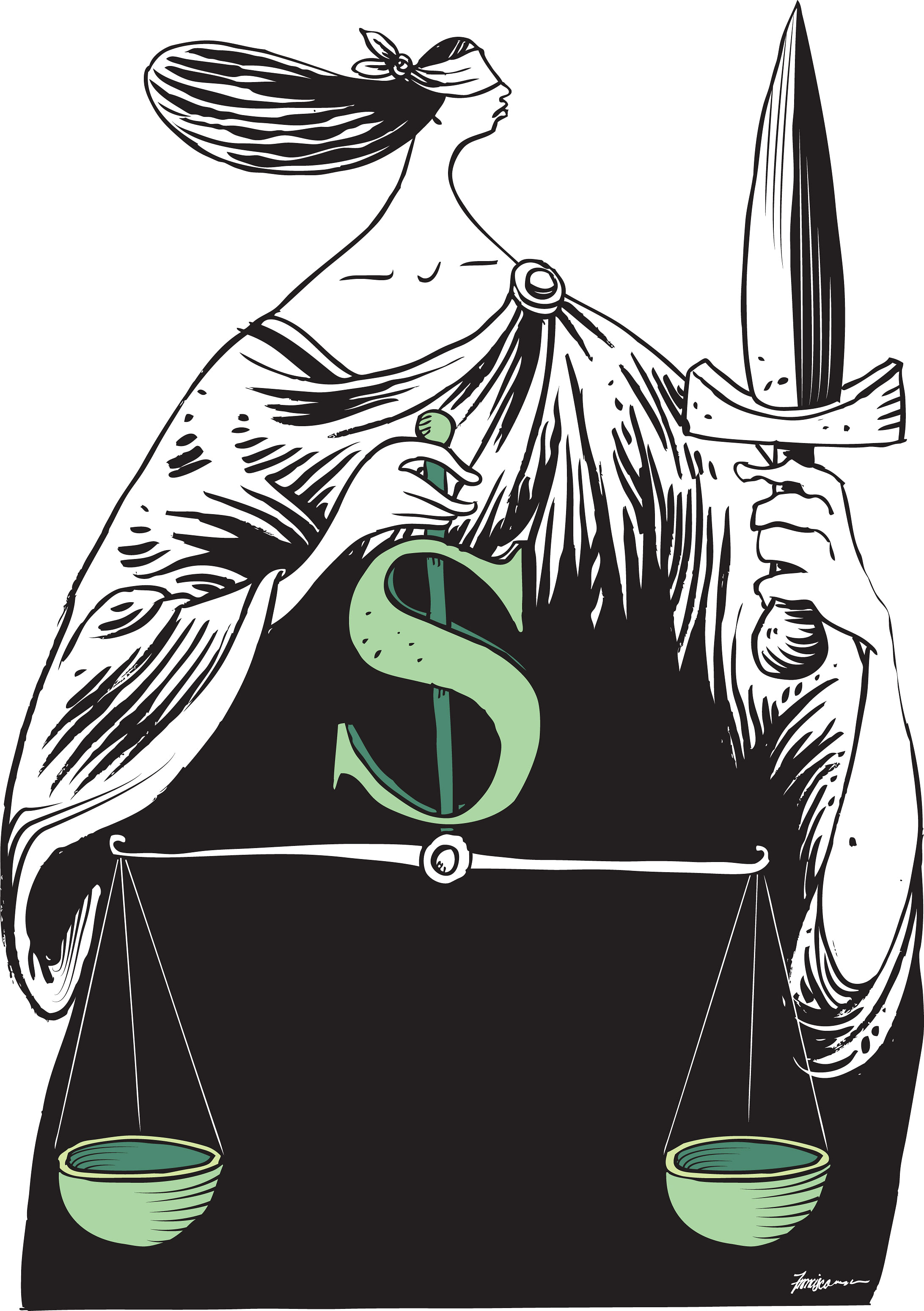If you have a dispute with a financial institution, you can lodge a complaint with the Financial Industry Disputes Resolution Centre (Fidrec).
Set up 10 years ago, Fidrec provides an affordable alternative dispute resolution scheme that covers most retail transactions between financial institutions, such as banks and insurers, and consumers.
Filing a complaint is free. You pay only a case fee of $50 per claim if the dispute is not resolved during the mediation stage and you opt to refer your case to adjudication. For other claims related to motor accidents, the $250 fee per claim may be refunded.
In the 10 years to June 30 last year, Fidrec dealt with 32,533 cases of which 66 per cent or 21,481 were inquiries.
It resolved 8,260 claims - 5,547 by mediation while 2,713 proceeded to adjudication.
During the 2008 global financial crisis, Fidrec handled 2,386 claims over credit-linked notes.
While Fidrec has played an important role over the past decade and has earned the confidence of consumers and the financial industry, there is much more it can do to add value to retail investors and the financial industry.

SET CLEAR DISPUTE LIMITS
There is an urgent need to review the dispute caps to ensure consistency and fairness.
The Fidrec cap for banks stands at $50,000, half that of the $100,000 cap for insurance disputes.
It is not clear why the inconsistency in dispute limits for banks and insurers happened in the first place.
With the rising number of tie-ups between banks and insurers, and the expanded market share of life insurance sales via banking channels, it makes sense for banks to have the same limit as insurers.
Another area of inconsistency is the dispute cap for non-injury motor accidents which at just $3,000, is also deemed too low by industry practitioners and the consumer watchdog. This is because of the increasing repair cost of motor cars resulting from accidents.
It is not a well-known fact that Fidrec will mediate, even where the claim amounts are above the current limits. Fidrec has told The Straits Times that it will accept such disputes. In fact, it adjudicated a claim of $729,000 against an insurer in 2007, the highest in its history.
However, when it comes to adjudication, the centre can hear claims above the current limits if either the financial institution agrees to allow this or the complainant agrees to cap his claim to the current limits. The limits are not applicable to mediation.
It is confusing to the public to have a jurisdictional limit, but also allow people to file cases above this limit. And who knows about this option? Many retail investors with dispute amounts exceeding the limits could have given up on seeking help at Fidrec and chosen to go to court, which would be far more expensive.
Given rising costs and affluence, dispute amounts are set to rise. It makes sense to raise that limit, to give people more options than the expensive court route to seek redress.
ENHANCED DISCLOSURE AND TRANSPARENCY
Fidrec's annual reports provide the number of customer complaints or issues in broad categories such as aggressive sales tactics, inappropriate advice/ misrepresentation/ disclosure issues, issues on fitness and propriety of licensees, unauthorised transactions/fraud and so on.
Its 10th anniversary report notes that most of the complaints handled by Fidrec involved issues of market conduct.
They included cases about the appropriateness or lack of advice given by sales representatives and the accuracy or lack of explanation provided by sales representatives.
This is where enhanced disclosure on the dispute details would be helpful. As the saying goes, "Justice must not only be done, it must also be seen to be done". People must know that they are getting protection.
Another benefit is consumer education. By providing details of claims settled by Fidrec, people can learn about financial regulations and the application of the law. Doing so also encourages consistency, in the same way that judges must be consistent in handing out sentences for criminal offences.
Fidrec told The Straits Times that decisions by its adjudicators are not published as they do not set any binding precedents. Nevertheless, we cannot ignore the greater benefits of having them publicly available. Every case may turn on its own facts but the principles applied must be seen to be consistent.
This is already done in countries like Britain, where the dispute and settlement details are publicly available in the Financial Ombudsman website so as to enhance transparency, increase the level of awareness and deter potential misrepresentations or misselling among retail investors and financial institutions.
Only the financial institutions' details are given while the claimants' details are kept confidential. That way, the public know if there is a pattern of claims or a large volume of claims against certain institutions.
This provides guidance to consumers and financial institutions in Britain, unlike at Fidrec, where such details are lacking.
Not doing so raises the question of whether the omission is to protect the reputational interest of financial institutions at the expense of public interest.
The process of dealing with financial claims in Singapore has come a long way since Fidrec first came into being. The next decade is just as important.
Enhanced disclosure will lead to a higher level of education for both consumers and financial institutions, which will go a long way in reducing the number of disputes.

